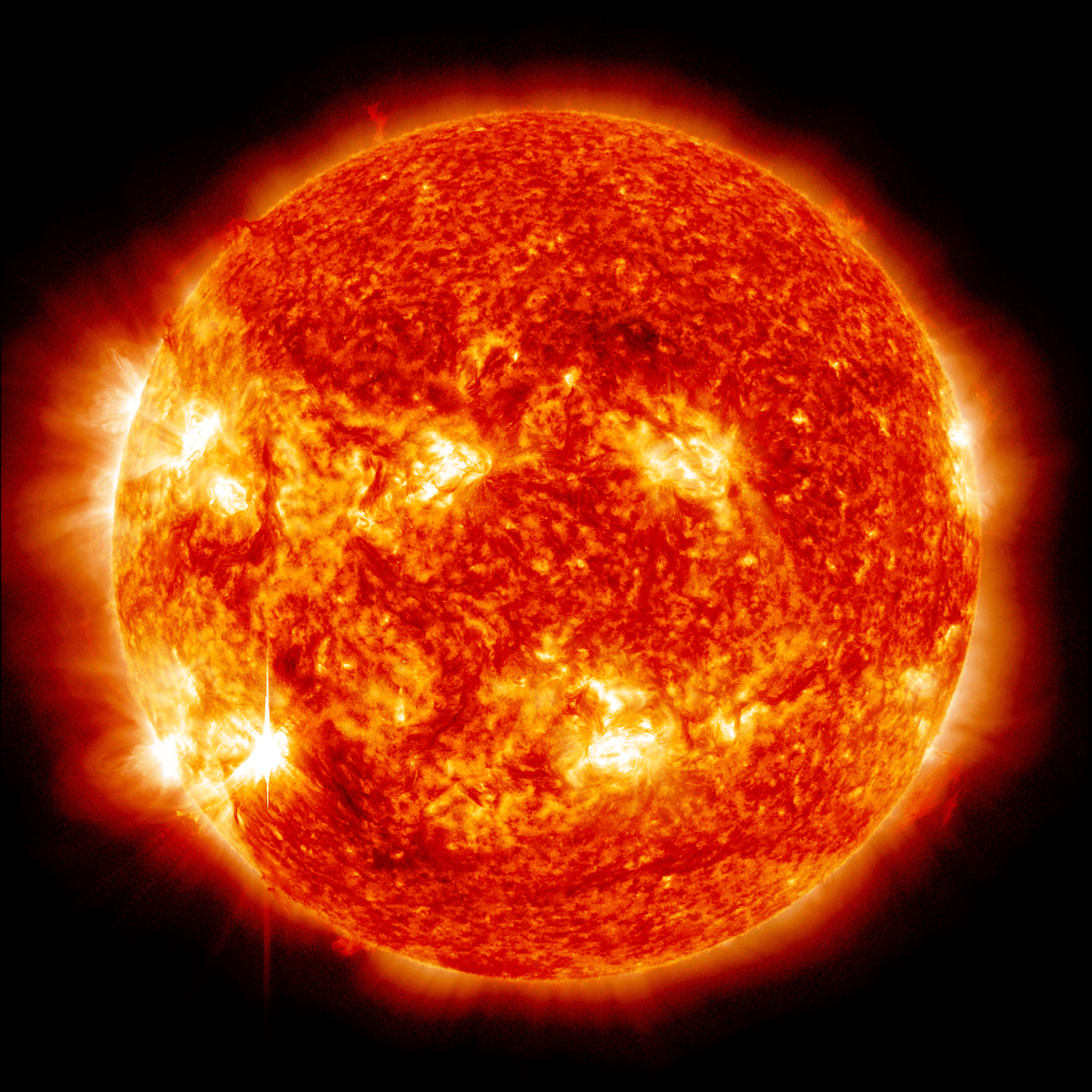

This enables them to test symmetries in the Standard Model, such as the prediction that particles and their antiparticles should have exactly the same mass and charge (although with the opposite sign). Scientists also use exotic atoms to gather very precise measurements of particles’ properties. Scientists are probing exotic atoms to search for signs of an unusual “fifth force” between the antiproton and the electron. “These short-scale interactions are an important tool in searching for new physics,” says Anna Soter, a particle physicist at ETH Zurich. The short-scale interactions between the particles and antiparticles within atoms enable researchers to study phenomena that may not be investigated otherwise. Other examples include muonium (which contains an antimuon and an electron) and positronium (which contains an electron and a positron).Įxotic atoms are used to study interactions between matter and antimatter on a minuscule scale. In anti-protonic helium, a helium atom’s electron is replaced with an antiproton. In some cases, the new particle is a form of antimatter. Generally speaking, an exotic atom has a constituent particle swapped out for another particle with the same charge. Hybrid atoms like this are called “exotic” atoms. Scientists can create hybrid atoms made partially out of antimatterīy slowing antiprotons in a particle decelerator and then combining them with cryogenic helium, scientists can produce a metastable hybrid atom called anti-protonic helium. Scientists are currently searching for other particles, including axions, supersymmetric particles and dark matter particles, that could explain many longstanding puzzles in particle physics and cosmology. Wolfgang Pauli proposed that the decay must be emitting another, invisible particle at the same time-a particle later named the neutrino. And in 1930, scientists needed something to explain why nuclei that emitted energy in the form of beta particles during radioactive decay didn’t recoil straight back, but at an angle. Ernest Rutherford proposed that another, neutral particle must be adding to their weight-the neutron. During the early 20th century, the masses and stability of atoms could not be explained by their protons and electrons alone. Unbalanced mathematical equations have led to the prediction of other particles as well. Anderson dubbed the particles “positrons.” This was the first confirmed observation of antimatter. In 1932, Anderson confirmed that the tracks came from the particles Dirac had predicted, produced when cosmic rays collided with Earth’s atmosphere. That same year, the American physicist Carl Anderson, at the California Institute of Technology, was taking pictures of strange particle tracks left by cosmic rays traversing a particle detector known as a cloud chamber. Three years later, he finally proposed the existence of such a particle, which he called an “anti-electron.” The new particle needed to have the same mass as an electron but the opposite charge.

But for his mathematical equations to work, he needed a particle that, at least at the time, wasn’t known to exist. To describe the behavior of electrons, he had formulated a theory that combined Einstein’s special relativity and quantum mechanics. In 1928, British physicist Paul Dirac was faced with a puzzle. The antimatter versions of protons-antiprotons-contain three unpaired antiquarks instead.Īntimatter is all around you, inside every one of your atoms, along with the atoms of everything around you.Īntimatter was originally predicted through math Protons and neutrons are described as being made up of just three quarks because, within this maelstrom of appearing and disappearing particles, three quarks remain without an antimatter counterpart, says Beatriz Gato-Rivera, a researcher at the Spanish National Research Council and author of a book about antimatter. Inside a proton or a neutron, particles and antiparticles constantly collide and annihilate one another. Protons and neutrons contain whole seas of quarks, antiquarks and gluons. But the reality is much messier than that. Protons and neutrons are usually described as being composed of three quarks. Protons and neutrons, on the other hand, are each made up of elementary particles called quarks and gluons. Of the group, only the electron is elementary, which means it is not made up of any smaller components. These particles make up the atoms that form our bodies and the world around us. The first three subatomic particles you ever learned about were likely the proton, neutron and electron.


 0 kommentar(er)
0 kommentar(er)
